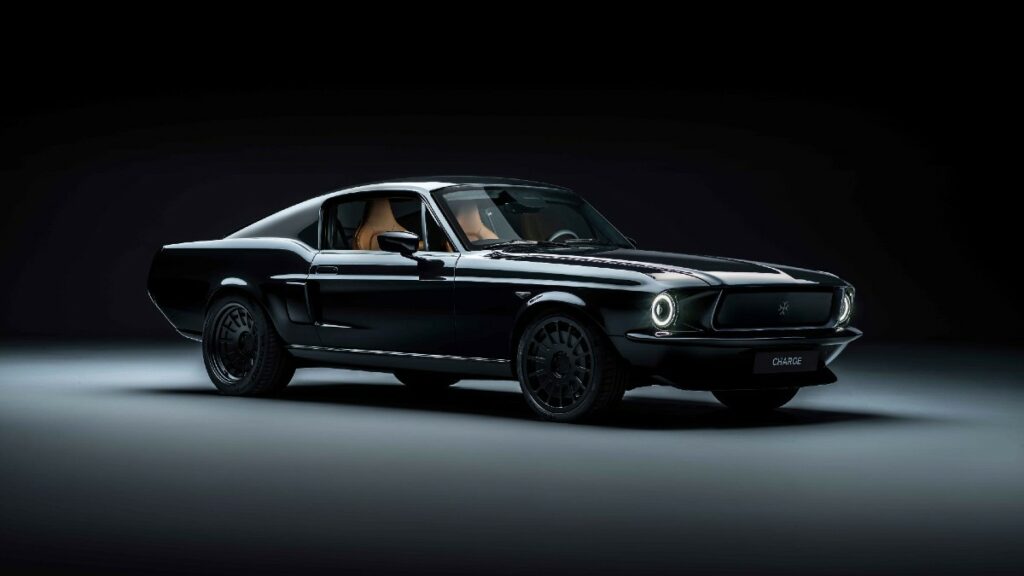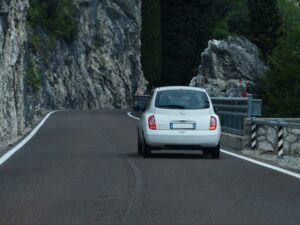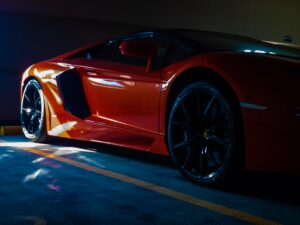In the realm of automotive enthusiasts and collectors, the allure of old cars is undeniable. The timeless elegance, unique design, and the memories associated with vintage automobiles make them truly special. However, with the rapid advancement of technology, it’s natural to wonder if these classics can be enhanced with modern features. Enter the concept of “Old Cars with New Technology,” a fascinating fusion that brings together the best of both worlds.
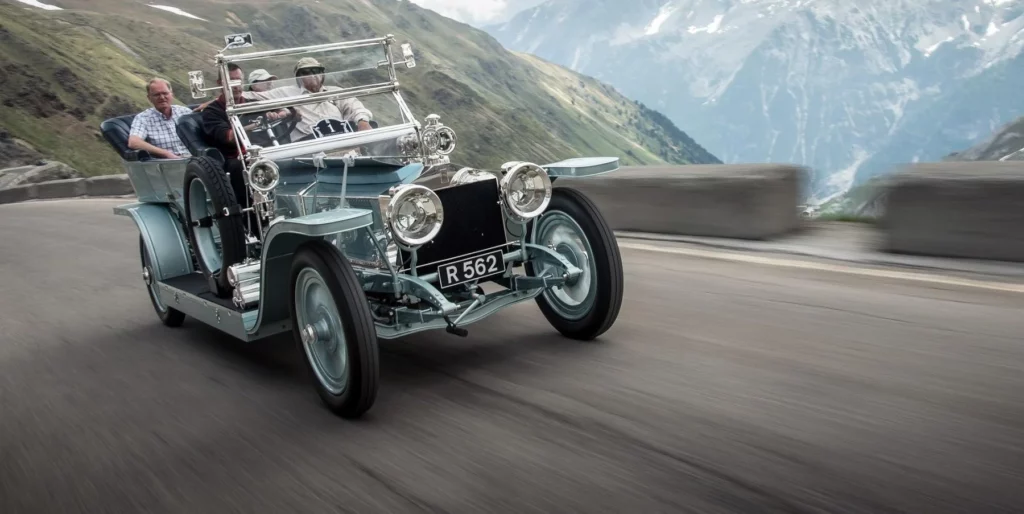
Revitalizing Vintage Wheels: Old Cars With New Technology
Preserving the Aesthetics: Preserving the original design elements, interior upholstery, and exterior appearance ensures the authenticity and charm of the vintage vehicle remain intact. Careful modifications and retrofits should complement the existing aesthetics, blending seamlessly with the car’s original features.
Enhancing Performance: Upgrading the engine and transmission with modern counterparts can significantly improve performance, delivering increased horsepower, improved fuel efficiency, and reduced emissions. Incorporating advanced suspension systems and brakes enhances handling and safety, allowing the classic car to conquer modern roads with confidence.
The Intersection of Safety and Nostalgia
Reinforcing Safety Features: Retrofitting classic cars with modern safety technologies ensures a safer driving experience for both the driver and passengers. Advanced braking systems, traction control, and stability control can be integrated without compromising the vintage aesthetics. Incorporating advanced driver assistance systems (ADAS) enhances situational awareness, collision avoidance, and adaptive cruise control.
Balancing Authenticity and Security: Preserving the original character of the vintage vehicle while adding security measures is crucial. Discreetly integrating alarm systems, GPS tracking devices, and immobilizers helps protect the classic car from theft or unauthorized access.
Infotainment and Connectivity: Merging the Past and the Present
Retrofitted Infotainment Systems: Installing modern infotainment systems can provide the convenience and connectivity expected in contemporary vehicles. High-fidelity audio systems can be discreetly integrated, preserving the interior aesthetics while delivering an exceptional listening experience. Touchscreen displays, voice recognition, and smartphone integration bring a host of features and applications to the driver’s fingertips.
Seamlessly Navigating the Roads: Incorporating GPS navigation systems tailored for classic cars helps drivers explore new territories while staying true to the vintage experience. Integration with online map services ensures up-to-date information, real-time traffic updates, and points of interest.
Connectivity and Beyond: Enabling Bluetooth and Wi-Fi connectivity allows classic car owners to enjoy hands-free calling, music streaming, and over-the-air updates for their retrofitted systems. Smart integration with smartphones and voice assistants brings the convenience of voice commands and app control to the classic car experience.
Preserving History, Embracing the Future
Retaining the Essence: While integrating new technology, it’s vital to maintain the soul of the classic car, preserving the nostalgia and emotional connection it evokes. Attention to detail in the choice of materials, finishes, and craftsmanship ensures the modifications harmonize with the car’s original character.
Balancing Modernization and Authenticity: Every modification should be carefully evaluated to strike the right balance between modernization and preserving the vehicle’s historical value. Working with experienced professionals and consulting with automotive experts can provide invaluable guidance throughout the retrofitting process.
Sustainability and Environmental Considerations
- Retrofitting old cars with new technology not only enhances their performance and functionality. But also presents an opportunity to prioritize sustainability and reduce environmental impact.
- Upgrading to modern engines and hybrid or electric powertrains can significantly reduce emissions and contribute to a greener future.
- Integration of energy-efficient lighting systems, eco-friendly materials, and regenerative braking systems further enhances the environmental friendliness of retrofitted classic cars.
- By breathing new life into old vehicles and extending their lifespan. The practice of retrofitting promotes a circular economy and reduces the need for manufacturing new automobiles.
The Future of Old Cars with New Technology
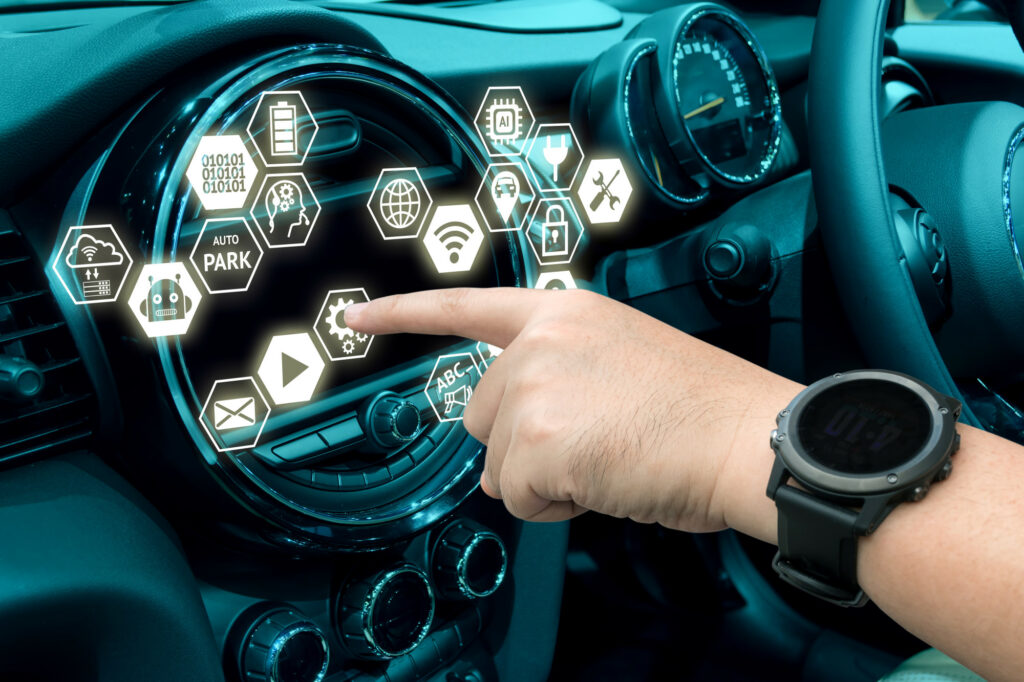
- The concept of retrofitting old cars with new technology is continuously evolving, with advancements in automotive innovation pushing the boundaries of what’s possible.
- Emerging technologies such as autonomous driving, artificial intelligence, and augmented reality have the potential to further enhance the driving experience of retrofitted classic cars.
- Continued research and development in the field of electric vehicle conversions offer exciting possibilities for transforming vintage cars into eco-friendly electric classics.
- Collaborations between automakers, tech companies, and restoration specialists are paving the way for new retrofitting solutions. They seamlessly blend cutting-edge technology with classic aesthetics.
As technology continues to advance, the future holds tremendous potential for old cars with new technology. The fusion of classic charm and modern advancements is an ongoing journey, and enthusiasts can look forward to even more exciting possibilities on the horizon. With each new innovation, the timeless appeal of vintage cars can be revitalized, ensuring that these automotive icons continue to captivate and inspire for generations to come.
The Future Of Security Devices
Smart Keyless Keeper is a revolutionary and one-of-a-kind chip that protects against relay attacks and inhibits signal amplification. The electronic chip is simple to use; simply insert it into the fob and enjoy the numerous benefits it provides. A motion sensor in a Smart Keyless protector deactivates the fob after 3 minutes of inactivity. When there is no movement, the chip disconnects the battery to ensure that it does not emit radio signals until necessary. As a result, it functions as a blocker, making it the most effective technique against signal extenders.
Conclusion
The concept of “Old Cars with New Technology” presents a captivating fusion of classic charm and modern advancements. By carefully retrofitting vintage automobiles with cutting-edge features, enthusiasts can enjoy enhanced performance, safety, and connectivity while preserving the essence and nostalgia of these cherished classics. Whether it’s revamping the engine, incorporating advanced safety systems. Or seamlessly integrating infotainment and connectivity features, the fusion of old and new offers a remarkable driving experience that bridges the past and the present. Embrace the possibilities, and embark on a journey where timeless elegance meets the innovation of the future.
